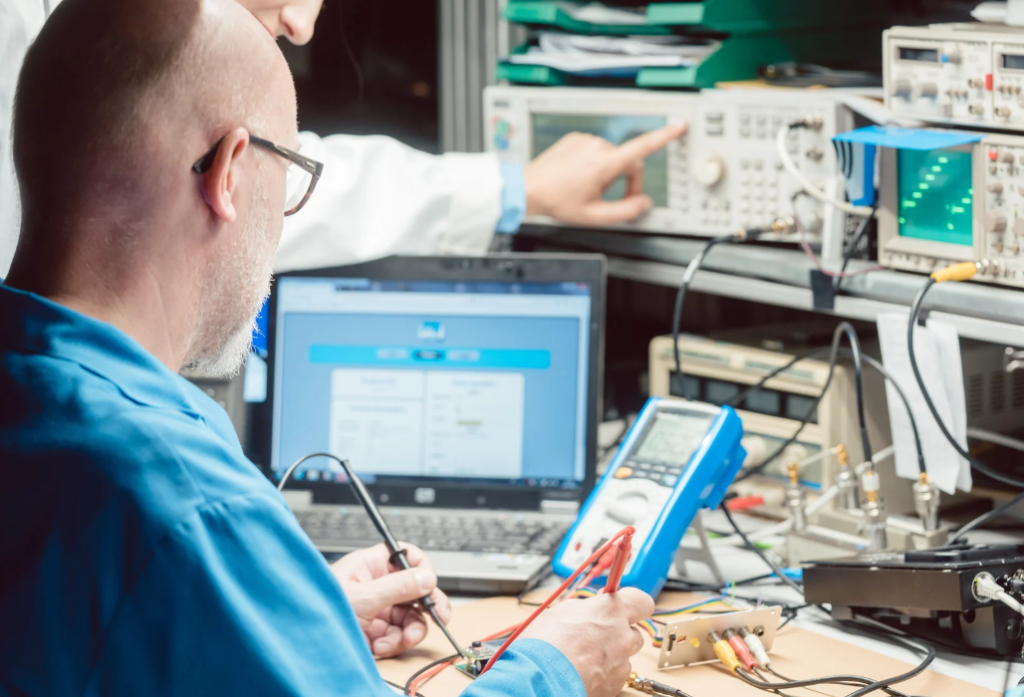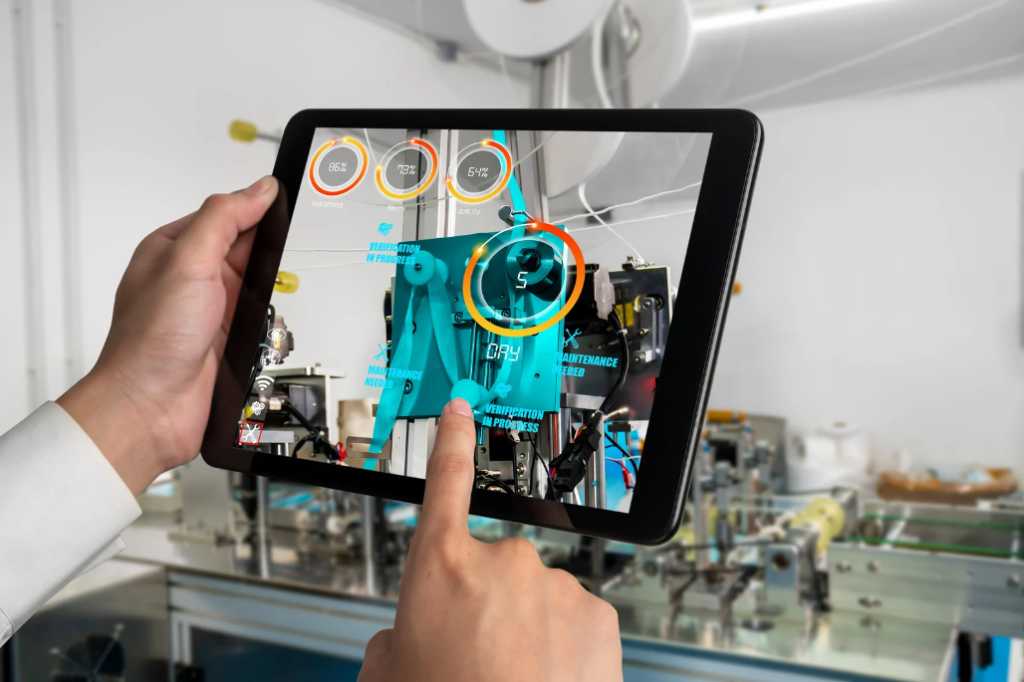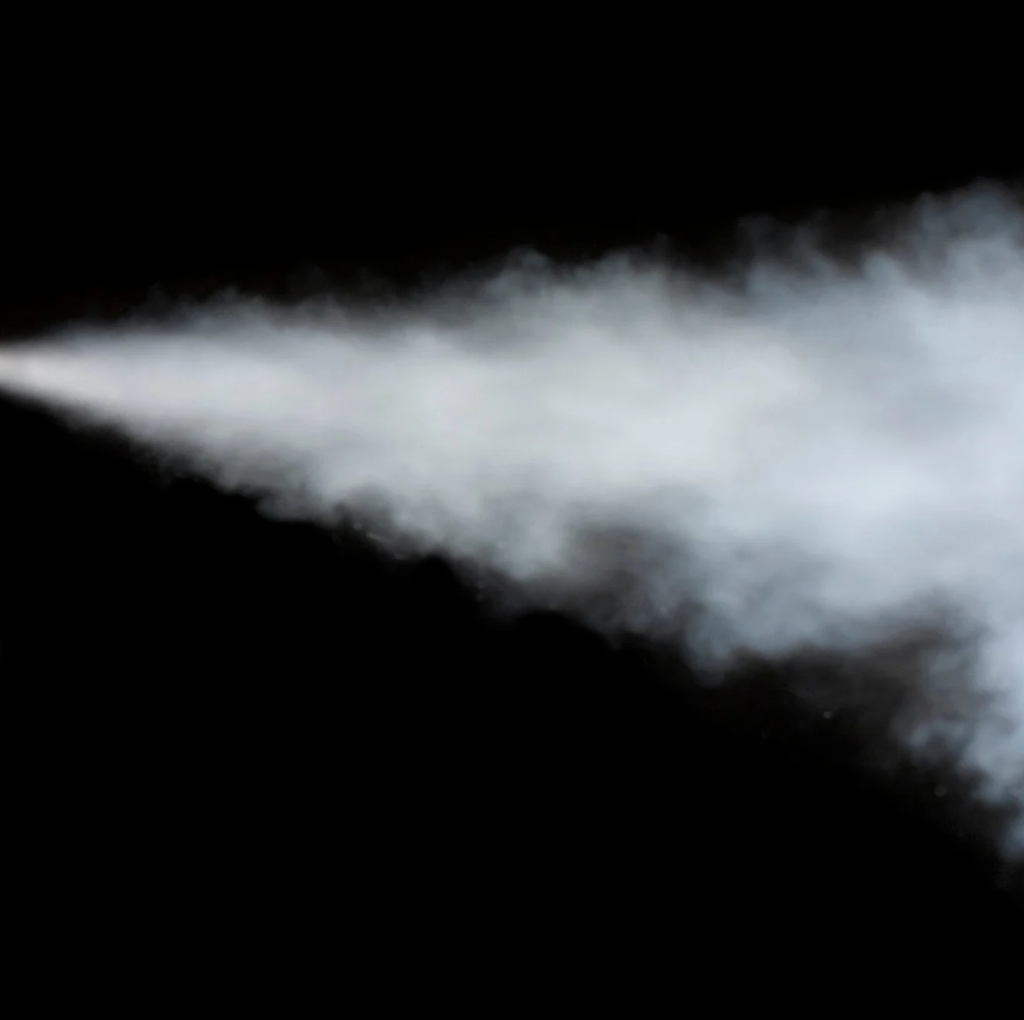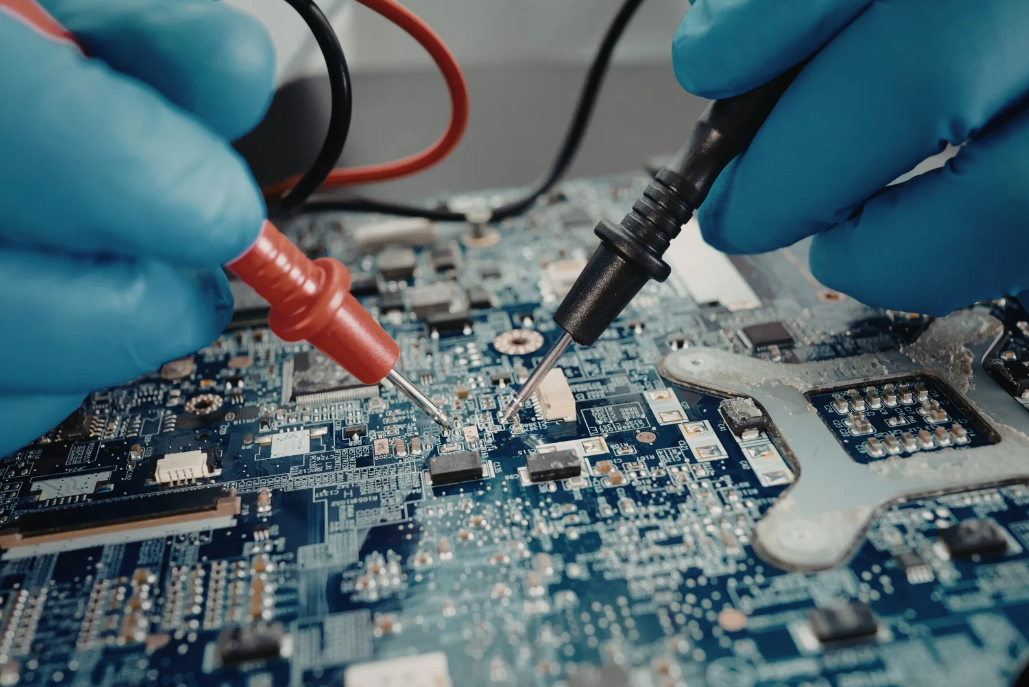t Piezo Direct, we don’t just specialize in PZT ceramics—we are also a manufacturer of PVDF piezoelectric film sensors designed for applications where flexibility, lightweight design, and durability are essential. Unlike rigid ceramic discs, PVDF films can conform to curved or moving surfaces, making them ideal for wearables, medical devices, energy harvesting, and advanced industrial monitoring.
Because Piezo Direct controls the entire manufacturing process, we can deliver both standard and custom PVDF sensors to meet exact specifications. Our engineering team assists with material selection, electrode patterning, and integration strategies so that each PVDF sensor is optimized for its operating environment. Whether you need thin-film sensors for dynamic pressure detection, high-sensitivity vibration monitoring, or low-power IoT devices, Piezo Direct provides the expertise to turn concept into reality.

As industries continue to demand lead-free, eco-friendly alternatives to PZT, Piezo Direct’s PVDF solutions offer a sustainable option without sacrificing performance. By combining flexibility, sensitivity, and scalable production methods like screen printing and electrospinning, we ensure that PVDF piezoelectric sensors are ready for next-generation innovations.
In the world of advanced sensing, the piezoelectric film made from polyvinylidene fluoride (PVDF) is rapidly gaining traction. What makes this material special isn’t just its ability to generate electric charge under mechanical stress—it’s the combination of flexibility, sensitivity, and design versatility that sets it apart.
What Is PVDF Piezoelectric Film?
PVDF piezo film is a flexible polymer that exhibits piezoelectric properties. Unlike rigid ceramic alternatives (like PZT), PVDF offers:
- Light weight, thin form factor, and mechanical flexibility, making it ideal for wearable or curved surfaces.
- Higher piezoelectric charge constant—10x higher than quartz—boosting sensitivity for dynamic signals.
- Wide frequency responsiveness, low acoustic impedance, and excellent chemical and fatigue resistance.
- Great thermal stability and low moisture absorption, though limited to dynamic measurement (less effective for static pressures).
heshuaiWikipedia
How Do PVDF Sensors Work?
PVDF must first be polarized so its molecular dipoles align. When mechanical stress is applied:
- The change in polarization triggers a charge on the film’s surface, generating an output voltage.
- This direct piezoelectric effect allows the film to translate mechanical motion—like vibration or pressure—into electrical signals.
heshuaiMDPIWikipedia
Cutting-Edge Manufacturing: Electrospinning & Nanofibers
Recent advances have enhanced PVDF’s performance by employing techniques such as:
- Electrospinning to produce nanofiber films rich in the electroactive β-phase—boosts sensitivity without needing extra poling.
PubMed CentralMDPI - Composite doping, e.g., with graphene or ZnO-carbon structures, yields self-powered, highly sensitive, breathable membranes—great for wearable or high-performance applications.
Beilstein JournalsarXiv

Where PVDF Sensors Shine
PVDF’s unique properties enable innovative applications across industries:
- Aerodynamics/Wall-Pressure Sensing: Flexible PVDF arrays capture low-frequency pressure fluctuations (up to Mach 2) on irregular surfaces—particularly useful in wind-tunnel research.
MDPI - Wearables & Sign-Language Interfaces: Graphene-doped, nanofiber-based PVDF sensors can track bending or pressure on fingertips—creating self-powered, real-time gesture recognition systems.
Beilstein Journals - Energy Harvesting: Lead-free PVDF and its copolymers (like PVDF-TrFE) are being used in piezoelectric nanogenerators (PENGs) to convert ambient mechanical energy—vibrations, motion—into electricity.
PubMed CentralMDPI
PVDF vs. Traditional Piezo Materials (e.g., PZT)
| Attribute | PVDF Film | Ceramic (e.g., PZT) |
| Flexibility | Excellent—thin, bendable | Rigid, brittle |
| Sensitivity | Moderate—but still strong | High sensitivity |
| Weight | Lightweight | Heavier |
| Biocompatibility | High—safer for medical wearables | Often contain lead; less biocompatible |
| Environmental Safety | Lead-free, more eco-friendly | Often contain lead (toxic) |
| Patsnap EurekaWikipedia |
Why Sensors Built with PVDF Matter
- Flexible & conformable—adapt to curved or moving surfaces.
- Thin & lightweight—ideal for portable or wearable platforms.
- Moderately sensitive yet safe and eco-friendly.
- Printable & scalable—screen printing or electrospinning make production cost-effective.
- Broad frequency response—great for dynamic applications from vibration to high-speed aerodynamics.
Piezo Direct as Your Partner for Advanced Piezoelectric Solutions
PVDF piezoelectric film is rewriting what’s possible in sensing technologies. From capturing airflow nuances in supersonic tests to powering gesture-based human interfaces, PVDF stands out as a versatile, high-value solution.
Ideal for innovators targeting wearables, industrial monitoring, acoustic detection, or power-conscious IoT edge sensing—PVDF brings flexibility, sensitivity, and future-ready adaptability.
At Piezo Direct, we bring both worlds together as a dedicated piezoelectric manufacturer. With expertise in custom PZT actuators, piezo sensors, and piezo transducers, as well as cutting-edge PVDF piezoelectric film sensors, we help engineers and innovators design solutions that perform with precision, reliability, and long-term value.
Whether you need the raw strength of ceramics or the versatility of polymers, Piezo Direct delivers tailored, application-specific piezoelectric components built to your exact requirements. Partner with us to bring your ideas to life—because the future of sensing, actuation, and energy harvesting starts with the right materials, manufactured by the right team.



